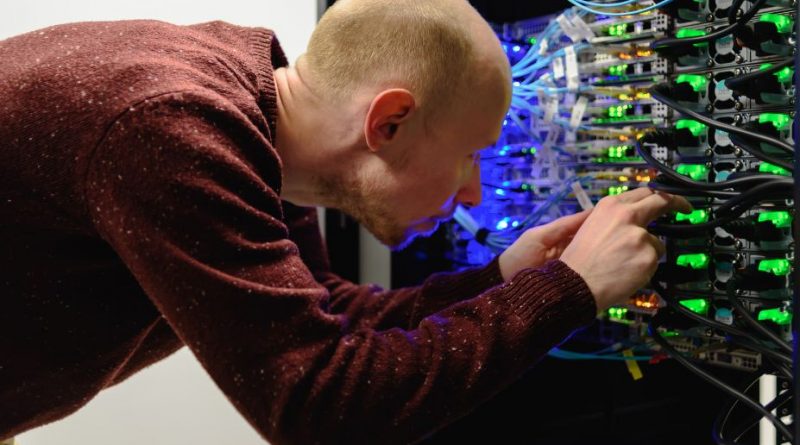How to Monitor and Improve Data Center Performance
As the backbone of today’s digital world, data centers play a critical role in the operation of businesses and organizations. Ensuring that a data center is running at peak performance is essential for the smooth operation of these entities. In this blog post, we will explore the importance of monitoring and improving data center performance, as well as the tools and techniques that can be used to achieve this goal.
Why is Data Center Performance Important?
There are several reasons why data center performance is important:
- Uptime: A data center’s uptime is the amount of time that it is available and functioning properly. Ensuring high uptime is essential for businesses and organizations that rely on data centers to support their operations.
- Security: Data centers often store and process sensitive information, so maintaining a high level of security is crucial. This includes protecting against cyber threats and physical damage.
- Efficiency: Data centers consume a significant amount of energy, so it’s important to ensure that they are operating as efficiently as possible. This can help reduce costs and minimize their environmental impact.
- Performance: Data centers that are performing poorly can result in slow or unavailable services, which can have a negative impact on the businesses and organizations that rely on them.
Monitoring Data Center Performance
There are several tools and techniques that can be used to monitor data center performance, including:
- Monitoring software: There are a variety of monitoring software tools available that can be used to monitor various aspects of data center performance, such as network traffic, server performance, and energy usage.
- Performance benchmarking: Benchmarking involves comparing the performance of a data center to industry standards or to other data centers. This can help identify areas for improvement.
- Regular assessments: Conducting regular assessments of a data center’s performance can help identify any issues or areas for improvement. These assessments can be conducted internally or by an outside party.
- Performance metrics: There are several key performance metrics that are commonly used to measure data center performance, including uptime, response time, and energy efficiency.
Improving Data Center Performance
Once you have identified areas for improvement, there are several steps that can be taken to improve data center performance, including:
- Optimizing hardware and software: Ensuring that hardware and software are optimized for the specific needs of the data center can help improve performance. This may involve upgrading or replacing equipment, as well as optimizing software settings.
- Implementing energy-efficient practices: Adopting energy-efficient practices, such as using power-efficient servers and implementing energy management systems, can help reduce energy consumption and improve efficiency.
- Reducing network latency: Network latency, or the time it takes for data to be transmitted between devices, can impact data center performance. Implementing techniques such as load balancing and caching can help reduce latency and improve performance.
- Ensuring proper cooling: Proper cooling is essential for maintaining the performance of data center equipment. Implementing measures such as airflow management and using energy-efficient cooling systems can help improve performance.
- Implementing security measures: Ensuring the security of a data center is essential for protecting sensitive data and maintaining the trust of customers and clients. Implementing measures such as firewalls, intrusion detection systems, and physical security measures can help improve security.
In conclusion, monitoring and improving data center performance is essential for the smooth operation of businesses and organizations. By using tools and techniques such as monitoring software, benchmarking, regular assessments, and performance metrics, organizations can identify areas for improvement and implement strategies to optimize their data center’s performance. If you’re in need of a dedicated server, choosing one that has been optimized for performance and efficiency can help ensure that your data and applications are being hosted in a top-quality facility.

